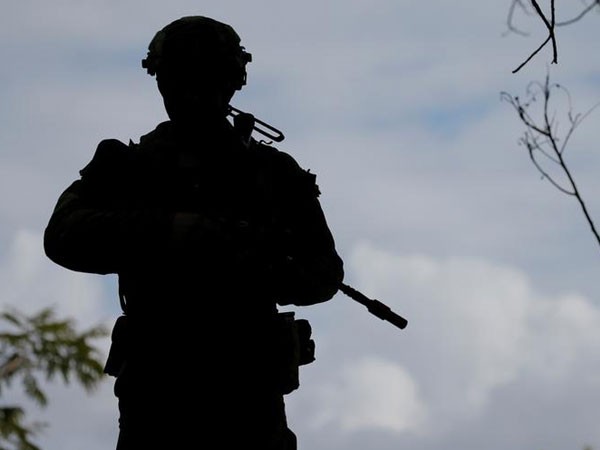Gaza Ceasefire: Netanyahu's Balancing Act Between Allies and Diplomacy
Israeli Prime Minister Benjamin Netanyahu is under pressure following a Gaza ceasefire deal. Tensions rise between maintaining his coalition government and adhering to U.S. President Trump's diplomatic ambitions. Far-right members push for military action, while the U.S. pushes for a peaceful resolution and Middle East normalization.

Even before the ink dried on the Gaza ceasefire, Israeli Prime Minister Benjamin Netanyahu found himself in a precarious position, caught between a U.S. president advocating for peace and far-right coalition members eager for renewed conflict. Netanyahu's dilemma could intensify as he struggles to retain government stability while satisfying international diplomatic demands.
The ceasefire agreement's first phase, intended to last six weeks, adds urgency to the situation. By February 4, Israel and Hamas are expected to discuss the ceasefire's second phase aimed at ending the ongoing conflict. The political landscape within Israel is tense, with former police minister Itamar Ben-Gvir's Jewish Power party already leaving the government and Finance Minister Bezalel Smotrich threatening to do the same unless aggressive military action is resumed.
Netanyahu's situation is made more complex by Trump’s plans to leverage the ceasefire to bolster Israel's regional ties under the Abraham Accords, with a particular focus on Saudi Arabia. Such ambitions hinge on the cessation of hostilities in Gaza, adding pressure on Netanyahu to maintain the fragile ceasefire. Meanwhile, U.S. envoy Steve Witkoff oversees developments, ensuring the transition from the ceasefire's initial to subsequent stages.
(With inputs from agencies.)
- READ MORE ON:
- Gaza
- Netanyahu
- ceasefire
- Israel
- Hamas
- Trump
- diplomacy
- Middle East
- Saudi Arabia
- conflict
ALSO READ
Escalation in Gaza: Israel Strikes Top Hamas Official
High-Stakes Strike: Israeli Forces Target Senior Hamas Commander
Israeli Strike Eliminates Senior Hamas Commander Amid Ongoing Tensions
High-Stakes Assassination: Targeting a Hamas Commander in Gaza
Preservationists Sue Trump Over White House Ballroom Project










